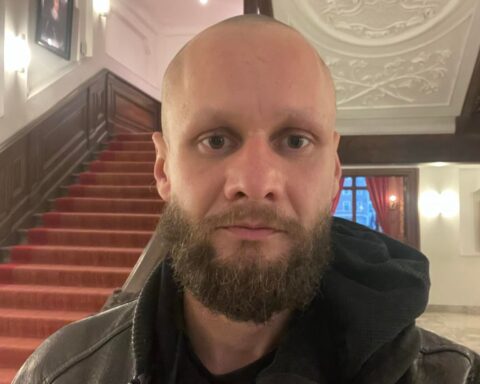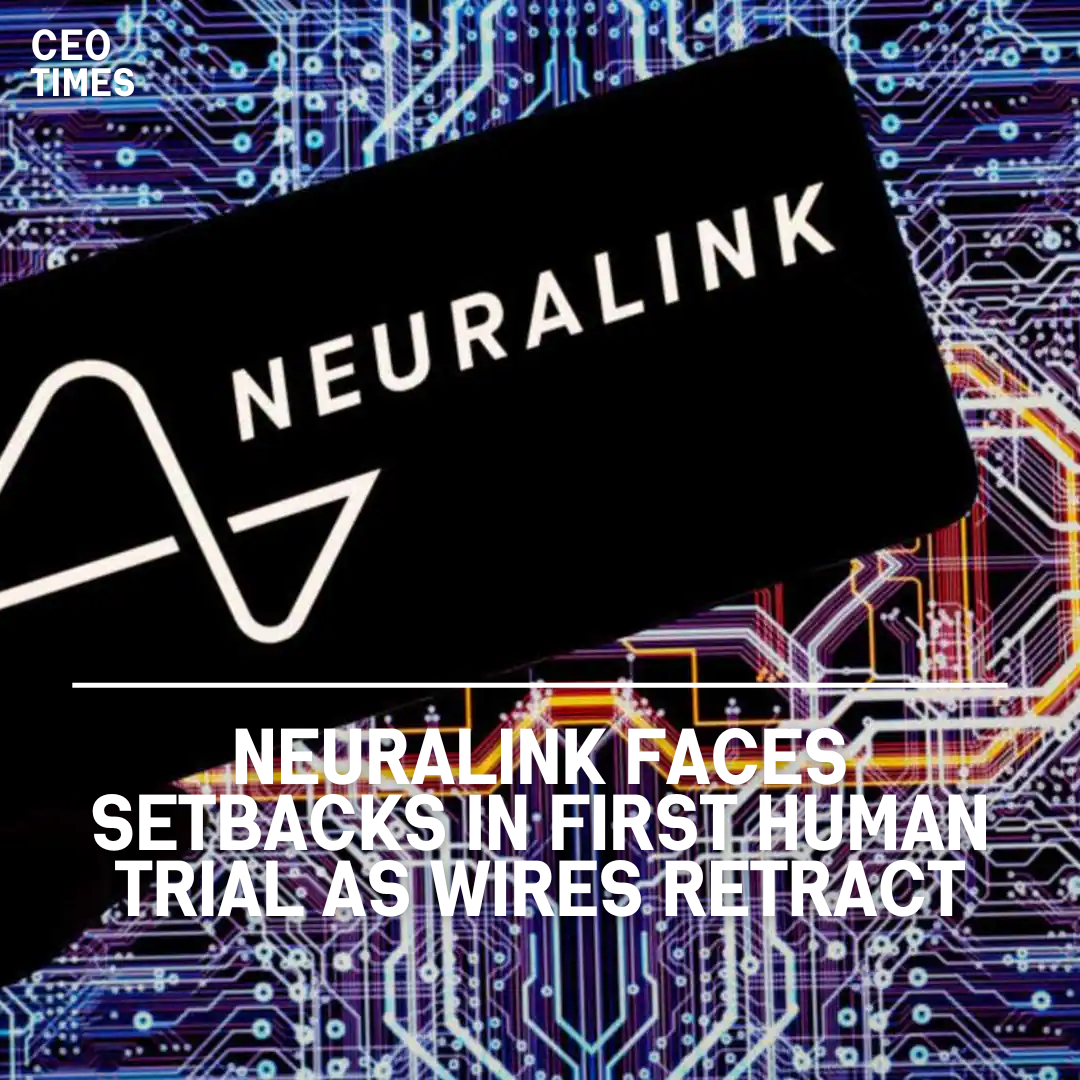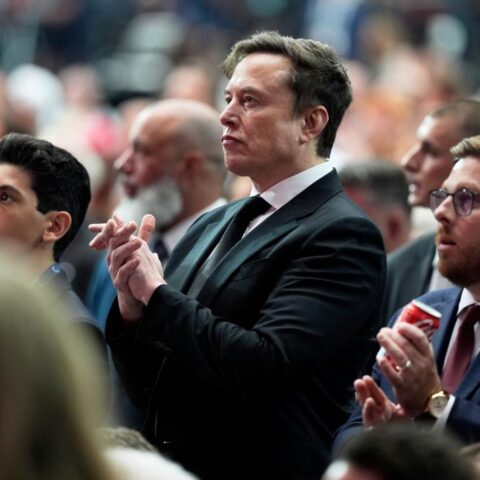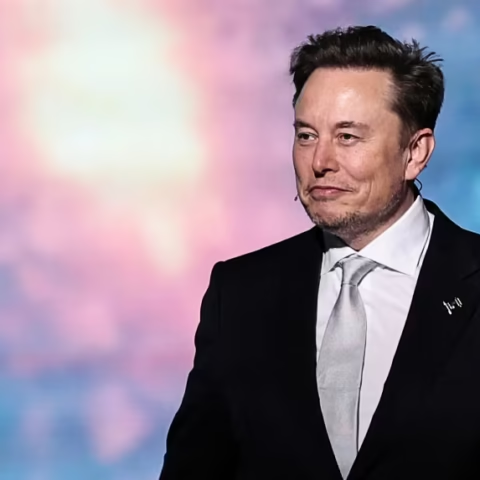Neuralink, the brain implant company founded by Elon Musk, revealed last week that the tiny wires in the brain of its first human trial patient had pulled out of position.
This issue, known from earlier animal testing, has significant implications for the company’s innovative approach to helping paralyzed patients control digital devices using thought alone.
Known Risks from Animal Testing:
According to five sources familiar with the matter, Neuralink knew from animal tests that the wires could retract, potentially removing the sensitive electrodes crucial for decoding brain signals. Despite recognizing this risk, the company deemed it low enough not to warrant a redesign.
Impact on First Human Trial:
The first patient, Noland Arbaugh, who was paralyzed from the shoulders down after a diving accident in 2016, received the implant in January. Weeks after the surgery, Neuralink reported that several wires retracted, reducing the number of functional electrodes. These electrodes translate brain signals into actions, such as moving a computer cursor.
Despite these setbacks, the company managed to restore some functionality by modifying the implant’s algorithm to be more sensitive. Neuralink’s blog post did not mention adverse health effects to Arbaugh or specify how many of the device’s 64 threads pulled out.
FDA Awareness and Future Challenges:
The U.S. Food and Drug Administration (FDA) was aware of the potential issue, as Neuralink had shared animal testing results as part of its application for human trials.
The FDA has committed to monitoring patient safety throughout the study. However, continuing trials without redesigning the wires could pose future challenges if the retraction issue persists and the algorithm tweaks prove inadequate.
Redesigning the wires to anchor them in the brain could damage brain tissue if they dislodge or if the device needs to be removed. According to current and former employees, Neuralink aims to make the wires’ removal seamless to facilitate future technology updates.
Patient Experiences and Achievements:
Despite the technical challenges, the device has enabled Arbaugh to perform tasks such as playing video games, browsing the internet, and moving a computer cursor using his thoughts.
Neuralink reports that Arbaugh surpassed the world record for controlling a cursor with thoughts soon after the surgery.
Expert Opinions and Technical Challenges:
Specialists in brain implants acknowledge that troubleshooting design issues during trials is common. The brain’s movement within the skull adds complexity to the problem of wires retracting.
Robert Gaunt, a neural engineer at the University of Pittsburgh, noted that while the movement of wires soon after surgery is disappointing, it is not unexpected due to the brain’s dynamics in the immediate post-implant period.




















